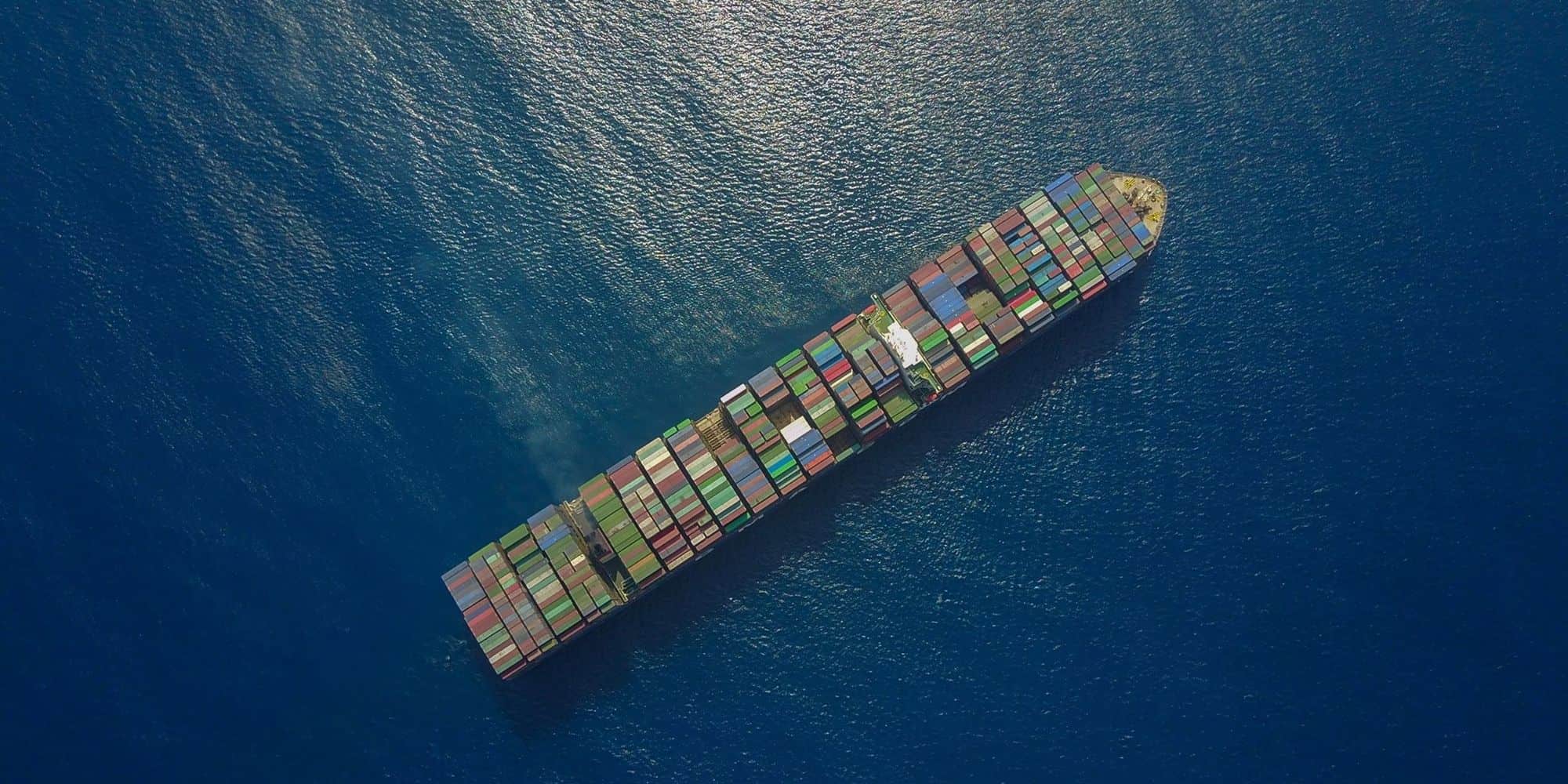Transporting merchandise over the US/Mexico border by ground is a time-honored tradition. Millions of dollars of goods make this journey every single day, with an estimated $289.5 billion in exports and $387.8 billion in imports between Mexico and the U.S. reported in 2019, according to the Office of the United States Trade Representative. However, shipping between the US and Mexico can become very hectic if you don’t know what you’re doing. There are several laws, customs regulations and documentation requirements to be adhered to when attempting to cross the US/Mexico border for commercial purposes. Here’s a rundown of the customs documentation necessary for cross-border shipping to Mexico.
Cross Border Shipping to Mexico: Due Diligence
The first step is to ensure that the importer (usually the “customer” who is receiving the goods in this scenario) complies with all the requirements from the Mexican authorities. If the receiving party is a first-timer, then they must register as an importer with the SAT (Servicio de Administración Tributaria) beforehand. This government agency is a decentralized bureau of the Secretariat of Finance and Public Credit in Mexico and they are responsible for regulating and registering customers or businesses to import goods with Mexico transborder shipping.
Customs Requirements and Documentation
When transporting commercial cargo by ground from the United States, certain essential documentation is required whenever it comes to cross-border shipping to Mexico. These include:
- Bill of Lading
- Commercial Invoice
- NAFTA Certificate of Origin
- Packing List
- Shipper’s Export Declaration
They must be submitted to either the Mexican customs broker or the American customs broker on the US side, before crossing. Most Mexican customs brokers have an American counterpart on the US side. If any of this paperwork is missing or incomplete, the border crossing or imported goods will be delayed and sometimes refused.
It is important to be proactive and to produce all the required paperwork way before the truck is loaded and rolling. According to cross-border shipping regulations for Mexico, the responsibility falls on the shipper to have all the paperwork completed properly and promptly.
1. Bill of Lading
The bill of lading is filled out by the exporter (US side) and can be submitted in either English or Spanish.
2. Commercial Invoice
The exporter (aka the shipper) also issues the commercial invoice. If necessary, the exporter can have the paperwork translated into Spanish either by a professional translator or by his freight forwarder (every freight forwarder shipping to Mexico should be fluent in Spanish for better communication throughout the logistics process). Invoices must show the following information:
- Complete business addresses of the seller and buyer
- Tax ID Number of the seller (Canadian companies should use their Business Number)
- RFC Number of the buyer (The Registro Federal de Contribuyentes is a Mexican tax identification number)
- The INCOTERMS agreed upon between the seller and the customer
Another important note is when it comes to product quantities and declared values. When shipping to Mexico customs requirements state that product quantities declared on the invoices must show exactly what’s being shipped. Inaccurate declarations will be penalized by Mexican customs.
3. NAFTA Certificate of Origin
This is a uniform credential that is used in the United States, Canada, Mexico to certify that goods being exported are eligible as originating goods, for the benefit of a preferential tariff.
It can cover single or multiple importations (called a “blanket certificate”). The exporter must complete and sign it, and then keep it on file.
The importer must submit a copy to the appropriate customs broker to claim NAFTA benefits.
Note: You must provide the name and address of the Mexico customs broker and American forwarding agent for the shipment.
4. Packing List
Completed by the exporter, this document should detail the specific commodities, item by item, of each package or case in the shipment.
- The packing list must accompany all other documents. Both English and Spanish are accepted.
- Note that Mexican customs does not accept numbers or product codes.
- Detailed technical product info must be provided, such as a catalog or design sheets or other pertinent documentation.
- Tariff classifications are not finalized until the merchandise is physically inspected by a Mexican customs broker.
5. Shipper’s Export Declaration
The exporter or freight forwarder completes this form (United States Customs Form 7525-V) using the ACE secure data portal from US Customs and Border Protection. This form is required for all exportations valued at 2,500 USD or more. English is required. This form will contain an accurate declaration of what is being exported, where it is going, and who is shipping and receiving the package or shipment.
Cross Border Shipping to Mexico: Costly Mistakes
Note that before any shipment is allowed to cross into Mexico, all duties and taxes must have been paid in full to the Mexican customs broker. This is in addition to any paperwork that needs to be completed. Any delays at the border due to customs-related matters (such as incomplete documentation) may be subject to equipment detention or storage charges.
If you are new to importing or exporting, it will be critical for you to learn all about cross-border shipping requirements for Mexico and other countries in which you want to do business. Find out about paperwork, duties and taxes, rules and regulations, and other things that you need to know before shipping anything to Mexico.
Another way to make the process simpler is to work with a freight forwarder that is familiar with the cross-border shipping process, including all of the shipping regulations and customs requirements that go along with it. That way, you can allow them to do the hard work of getting everything in order and never worry about whether your shipments will arrive on time (or even make it across the border at all).
Cross Border Shipping Post-COVID: What’s Changed
For the most part, things are relatively back to normal at the borders that have opened up. If anything, extra safety measures are being taken with shipments to ensure and verify their point of origin and contents for safety. Companies around the world were left scrambling when the pandemic first struck, as shelves ran empty, product supplies ran low, and companies were not allowed to ship anything overseas or into another country.
In the past year, however, a lot has changed to improve the process even despite the uncertain future that we face. Importers, exporters, and those who regulate them are all much more familiar with the best safety practices and ensuring expedient delivery. Things are still moving a little slow, of course, and that’s where having a dedicated freight partner on your side can come in handy.
A Lot to Learn
Every country has its own regulations and shipping requirements so it’s important to be aware of this information before shipping internationally. There’s a lot of information to consider with Mexico transborder shipping. It all may seem complicated at first, but as we mentioned, it can be very painless with the right logistics partner by your side.
Don’t take any chances and deal only with the best freight forwarders in the industry.
![]()
Get the proper assistance for cross-border shipping to Mexico, Contact us now!


 LAC Team
LAC Team


